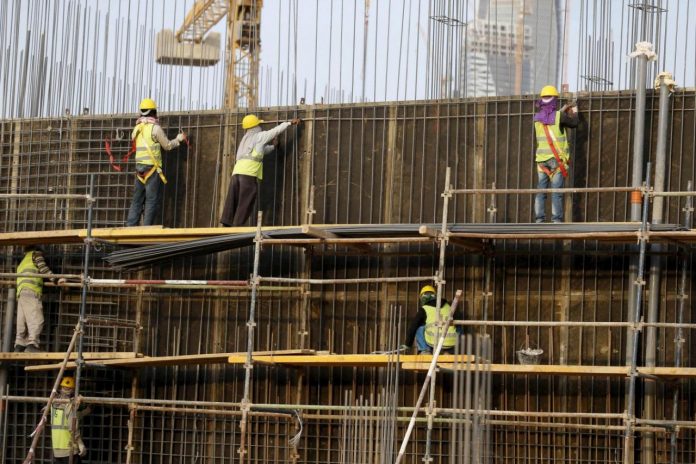
MANILA – The Philippines remains one of Asia’s best-performing economies and is even poised to move up to upper middle-income status after managing to put in check an inflation surge which came alongside a spike in world oil prices in 2018.
“The economy has been on a roll. It has been growing at least 6 percent for 14 consecutive quarters now,” Socioeconomic Planning secretary Ernesto Pernia said, noting that economic growth is sustained and uninterrupted.
The country’s gross domestic product (GDP) slowed down to 6.3 percent in the first three quarters of 2018 from 6.8 percent during the same period last year, dragged by lower agricultural output and softened household consumption amid accelerated increase in prices, particularly food.
The Philippines needs to expand by at least 7 percent in the fourth quarter to attain the low-end of the government’s target of 6.5 to 6.9 percent for the whole of 2018.
“This is a tall order, but the government remains committed to reaching the revised growth target for the year, which 6.4 to 6.9 percent,” said Pernia, also the National Economic and Development Authority (NEDA) director general.
Faster inflation rate
Inflation rate fell to a four-month low of 6 percent in November after surging to a nine-year high of 6.7 percent in September and October on the back of government efforts to tame rising prices.
Top economic managers believed that President Rodrigo Duterte’s issuance of Administrative Order No. 13, removing restrictions on the importation of agricultural products, was crucial in the country’s efforts to bring down the prices such of rice, fish, meat, vegetables, and fruits. “We are optimistic that increases in consumer prices have already peaked and we expect inflation to normalize in the medium term,” Pernia said.
The NEDA chief is also banking on the recent passage of the Rice Tariffication Bill in Congress and its nearing enactment. The proposed law is expected to reduce rice prices by up to P7 per kilo.
“Notwithstanding, the positive development in the global oil market will also help in tempering consumer prices further over the near term, particularly of energy-related items,” he added.
The Bangko Sentral ng Pilipinas (BSP) projects inflation to average at 5.2 percent this year, and to ease in 2019 to 3.2 percent.
2019 outlook
Pernia sees the economy accelerating closer to 7 percent next year on the back of infrastructure and election spending.
“The resilience of the Philippine economy in 2018 will likely continue over the medium term. With key reforms scored this year, we expect the performance of the economy to be robust despite domestic and external risks. This will be supported by the “Build, Build, Build” program gaining steam expected next year,” he said.
The NEDA chief noted the global growth is expected to slow down starting next year, noting external environment “seems to be less supportive” of the country’s potential economic growth.
Pernia cited the signing into law of the Ease of Doing Business Act, or Republic Act 11032, which aims to simplify the requirements and streamlines procedures in starting and opening a business in the country. “This hopefully will result in enhanced business competitiveness, lessened bureaucracy, and reduced opportunities for corruption, while more foreign businesses are attracted to invest in the country,” he said.
Pernia said the government is fully committed to enable the Philippines to join the ranks of upper-middle-income countries by 2019 and reduce poverty incidence to 14 percent by 2022.
By the World Bank’s definition, upper-middle income economies have gross national income (GNI) per capita between USD3,896 and USD12,055. “We are just below the USD3,900,” he said. “By 2019, even we grow only at 4.4 percent per capita instead of 4.9 percent, which has been the case in the past several years, it will hit over USD4,000 per capita by 2019.” (PNA)



